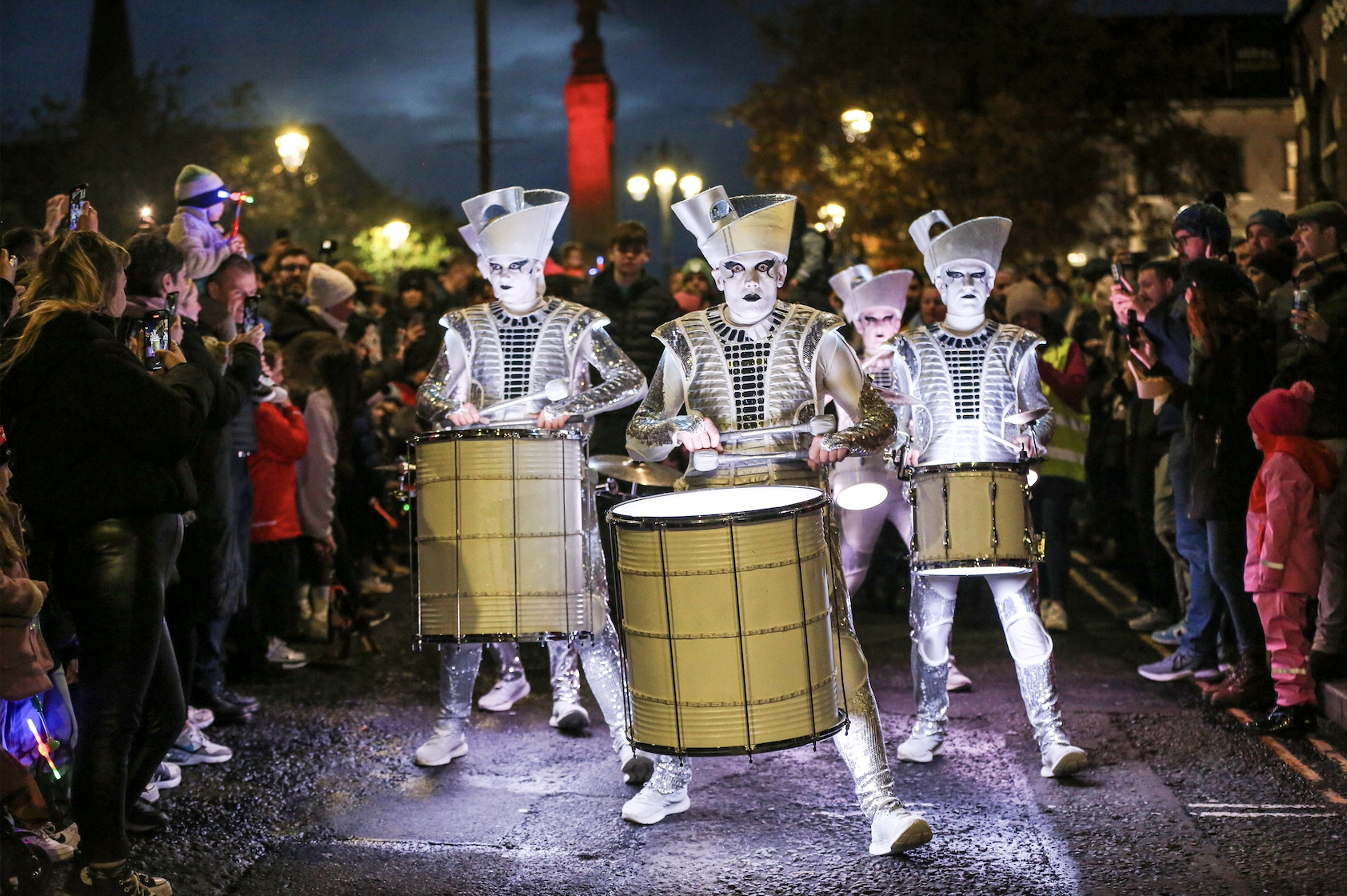
The Emerald Isle has always been a land where ancient practices are interwoven with the supernatural – and many of the fun and spooky Halloween practices we love today can be traced back to the pre-Christian Celtic festival of Samhain and Irish folklore. No wonder Ireland is considered the ‘Home of Halloween’ and the cradle of some of our scariest – even haunting! – traditions and stories!
The pagan festival of Samhain
Celebrated from sunset on October 31 to sunset on November 1, the over-2000-year-old festival of Samhain marked the ancient Celtic New Year, when harvest season ended and winter began. For ancient Celts, it was a time when the barrier between the living and the dead was at its thinnest, allowing spirits to pass through and roam among the living – sound like a Halloween horror movie script yet?
The spirits roaming the earth during Samhain were a mixed bag. While families would honor their ancestors and invite them home, early Irish felt they had to also to protect themselves against other, free-roaming, malicious spirits and demons. They lit bonfires to ward them off and donned costumes to disguise themselves. Special food for the living and the dead was prepared and shared, often with the less fortunate.
Does any of that ring a bell? Modern Halloween and supernatural storytelling evolved from Samhain traditions and morphed in the move to the New World.
- Jack-o’-lanterns: Carved turnips (and other root vegetables like potatoes and beets) were illuminated with candles and placed on windows and doorsteps to ward off unwanted spirits. In North America, where pumpkins were more accessible and abundant, they replaced turnips in maintaining the practice. While bigger and with the benefit of being hollow, we think carved turnips were much scarier than cute, orange North American pumpkins!
- Costumes: Samhain costumes and masks to confuse the evil spirits easily transformed in modern times to fun, make-believe roleplaying costumes of suburban children.
- Trick-or-treating: In an attempt to appease wandering spirits set loose for those 24 hours, Celts offered rich, edible gifts of fruit and nuts. That tradition, combined with a practice in the Middle Ages, when children in Britain went “souling”—going door to door for “soul cakes” in exchange for prayers, and the slightly later practice of Irish and Scottish children going “guising,” performing tricks for small treats, all traveled with immigrants to North America, becoming the sugar-driven ritual we know today.
For those who visit the Home of Halloween during the spooky season, Ireland’s festivals surprise, delight and even celebrate the terror of Ireland’s supernatural storytelling heritage.

Derry Halloween (Northern Ireland, pictured above) is Europe’s largest Halloween celebration. The Walled City comes alive each October with the spirit of Samhain during this long-running festival that includes otherworldly circus performances, a spirited Halloween parade, fireworks, baking demonstrations, folklore-inspired storytelling sessions and more.
Púca Festival(County Meath, pictured top) reimagines Samhain traditions with four nights of ceremonial bonfires, live music, feasting, folklore and fun. The otherworldly festival takes place in Ireland’s Ancient East across the towns of Trim and Athboy, and pays homage to the púca – a mysterious creature from Irish folklore who can change the fortunes of anyone who meets it.
Bram Stoker Festival(Dublin) is a Gothic-inspired celebration honoring Irishman Bram Stoker, the legendary author of Dracula. On the last weekend in October, Ireland’s capital welcomes a host of international musicians and literary figures for ghoulish performances, ghost tours and costumed revelry.
START YOUR TRIP!
Images courtesy of Ireland.com
All rights reserved. You are welcome to share this material from this page, but it may not be copied, re-published, broadcast, rewritten or redistributed.
